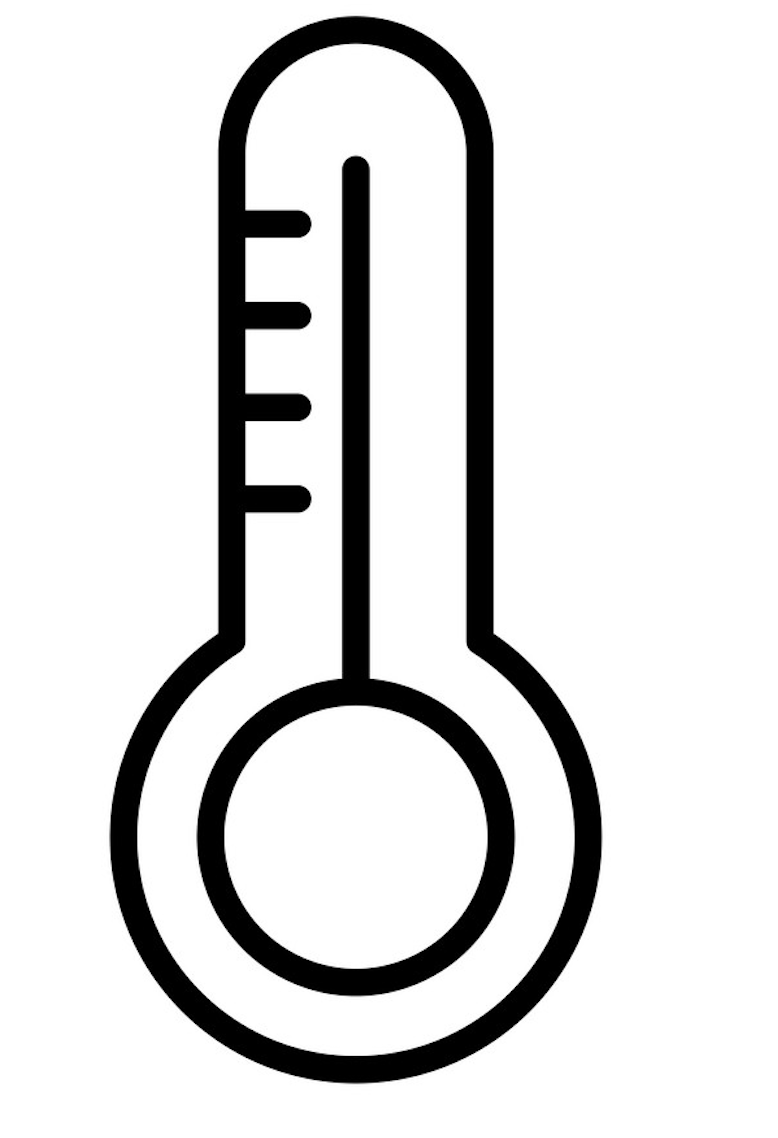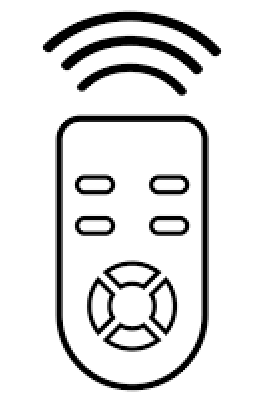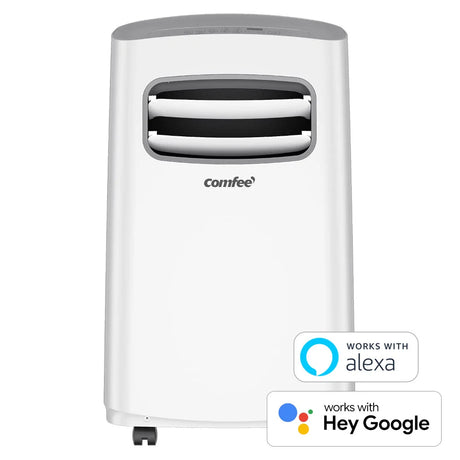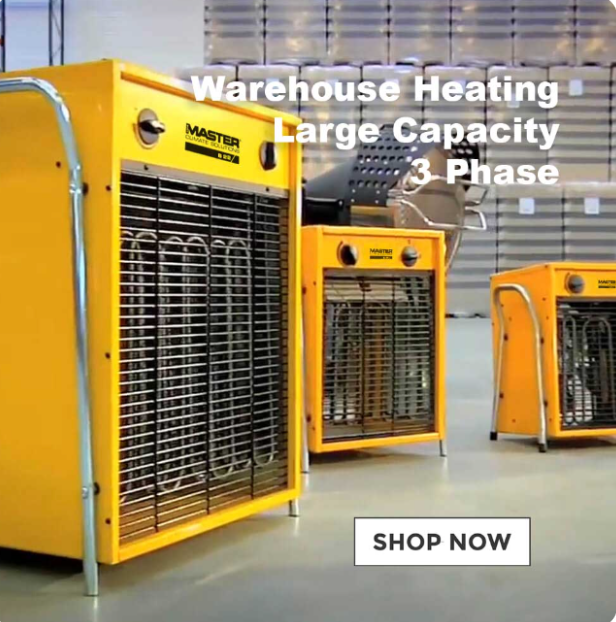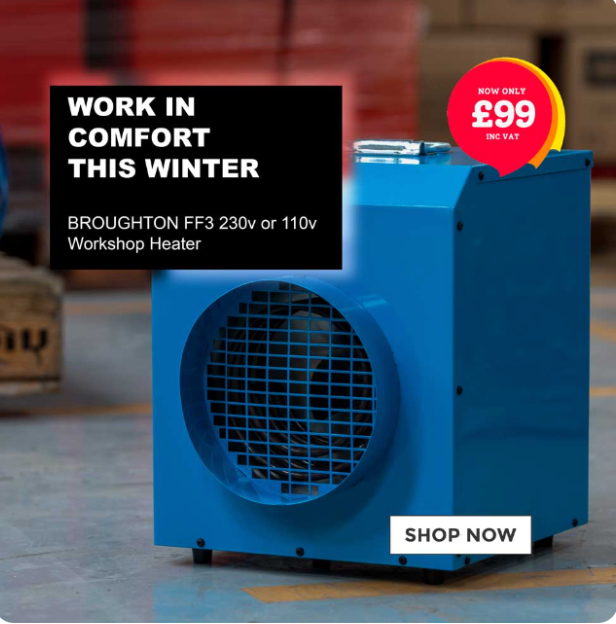Power output in portable air conditioners affects their cooling capacity; higher output provides stronger cooling, ideal for larger or warmer spaces.
Lower power models suit smaller rooms but may struggle to cool effectively in very hot conditions. High power output allows for faster temperature reduction, quickly enhancing comfort in hot environments.
However, using a high-output unit in a small space may lead to excess energy use and higher costs. Selecting the right power output ensures balanced cooling, energy efficiency, and effective temperature control in the intended space.


